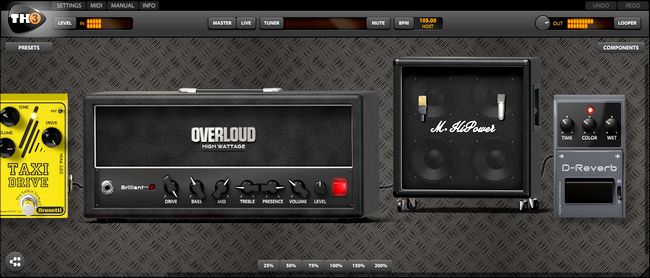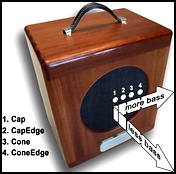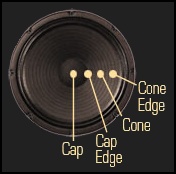
 |
|
? | Home page | Simulators | Retail simulators | Overloud
 |
|

































Messages page # 1 2 3 4 5 6 7 8 9 10 11 12 13 14 15 16 17 18 19 20 21 22 23 24 25 26 27 28 29 30 31 32 33 34 35

tidave
le 10/02/2017 à 22h25
Bonjour
Il faut préciser que le mastering ce n'est pas aussi simple a realiser
De plus en utilisant juste un compresseur multibande et un limiteur on aura pas un bon son
ton audio final a plein de fréquences genante tu pourrait améliorer en commençant avec un Eq en tete , ensuite tu met un truc pour elargir la stereo, ensuite un compresseur stereo...
Ce serait un bon début
Je vais télécharger le mix final et te le renvoyer apres ajout de ces éléments et tu verras
En tout cas bravo pour le tuto , c'est un bon début
par contre je n'utilise plus de compresseur multibande car c'est trop dragstique, un EQ fait tres bien le job suivit d'un compresseur stereo
blessings

oxbig69
le 04/02/2017 à 21h54
Thank you very much!!!

d'jé
le 31/01/2017 à 16h42
Hi Grebz,
Je voulais te remercier pour ton attention sur Audiofanzine Poste 111 pour le troisième vote.
Par contre tu n'as pas de compte SoundCloud ?
Bonne Zic et A+
* * * * * * * * * * * * * * * *
<em>De rien ! J'ai un compte SoundCloud dont je ne me sers quasiment jamais. Mon propre site m'occupe déjà bien assez :-)
Grebz</em>

Lostin70s
le 21/01/2017 à 10h10
Hi grebz, all ! Did you try Tonedeluxe ? its also free it New and i got nice feedbacks from users. You can found it here : www.lostin70s.com

Guitariste06
le 17/01/2017 à 13h24
Salut,
Est ce que tu pourrais essayer de rajouter sur ta page le plugin Amplistortion ? (www.rcvprod.com) ça simule tout le matériel guitare (et ça simule les hauts parleurs aussi) avec un son de dingue.
Merci
